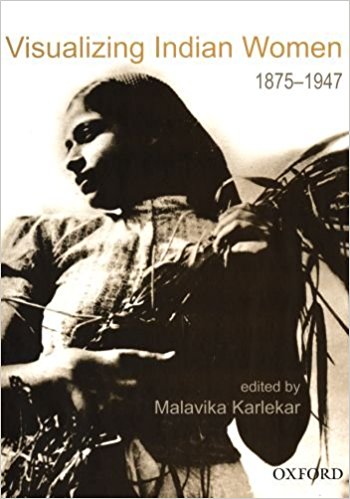Archiving of photographs, as well as the importance of the photo archive in the writing of social history has had a late start in India. For feminist scholars of history, the difficulties of finding sources that will enable them to reconstruct aspects of history in a gender sensitive rewriting of the past have been acute, as surviving sources have margina-lized women. Since the written archive, especially as officially compiled, has been so obsessed with the powerful among the men—of what they did, as individuals, or as constituting institutions and structures that organized the workings of power, feminist scholars have tried to put together an alternative archive and this has been an exciting and fascinating process of recovery. However, in the main, this venture has been concentrated on putting together the written archive. Fortunately for us the sensitivity to women’s history has also led to redefining what an archive could contain and how the fragments of women’s lives can work themselves into telling a story based on what women have kept in their tin trunks—scraps of paper, letters, hand written notes, diaries, account books, newspaper cuttings, laboriously copied verses of poetry or film songs and of course the deeply cherished photographs.
July 2006, volume 30, No 7

